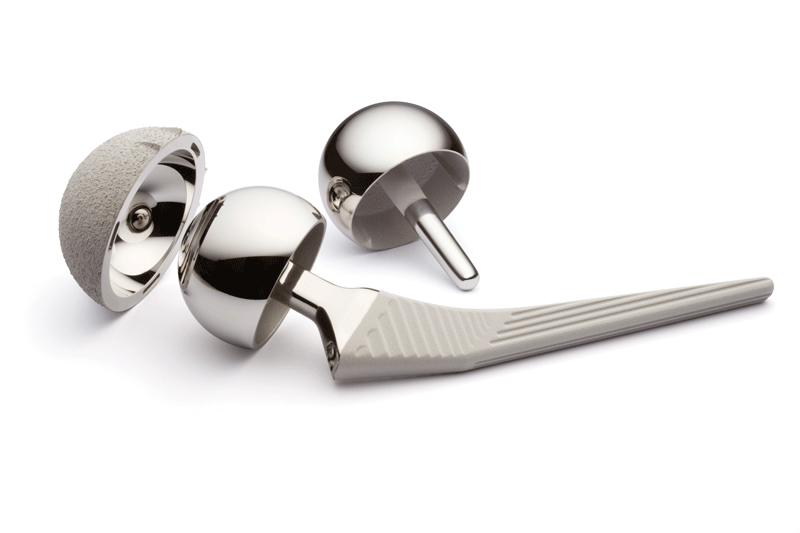Research by Josianne Cassar

By 2050 in Malta, the female 85+ age group will be the largest proportion of the population. The population is ageing because of increasing longevity. As the body ages, joints and bones become weaker, therefore they need more surgical procedures to replace worn out joints. The problem is that hip replacements themselves also wear out.
Metal-on-metal hip replacements suffer from wear and corrosion. This leads to high failure rates and rejection of the implant. These failures cause undue suffering to the patient and a bigger strain on the national budget because of lost workdays and greater surgery costs. Josianne Cassar (supervised by Dr Joseph Buhagiar and Dr Bertram Mallia) modified current hip replacement joints to make them more durable to wear and tear. Her work revolved around the alloy cobalt-chromium-molybdenum (Co-Cr-Mo), which is the material of choice for metal-on-metal hip replacements.
Cassar modified and hardened the joint’s surface by using a proprietary low temperature carburising treatment owned by Bodycote called Kolsterising®. This treatment is used to make high-end watch-cases more scratch and corrosion resistant. By increasing the hardness of medical grade Co-Cr-Mo alloy their hardness started to compare to ceramic joint replacements. The aim is to make a joint surface that is cheap and resistant to mechanical damage (wear) in a hostile environment: the human body.
The human body sees replacement joints as foreign and attacks them on all fronts. These joints need to be protected. The first line of defence is a passive film on the Co-Cr-Mo alloy. The film is made up of a nanolayer of an oxide that protects the alloy against corrosion. Corrosion usually happens because the implant is in a saline bodily fluid. In order to study the metal/solution interface and changes in this passive film, a technique called Electrochemical Impedance Spectroscopy (EIS) was used. The technique showed that the films protect both the untreated as well as the Kolsterised® alloy treated joints from corrosion and wear. The Kolsterised® metal’s passive film was superior and enhanced corrosion resistance after surface treatment of the joint. The new, hardened case provided improved mechanical support and stability to the passive film. As a result the Kolsterised® material may last longer than the untreated metal and is an improvement on the untreated alloy currently used in surgeries.





Comments are closed for this article!